O Dolce Napoli!
It is useful to consider the body… as a simple living tube with a hole at each end. To supply itself with energy and other nutrients, the tube puts food into one of its two holes- typically the one with teeth- and passes it along its internal canal so that it can be broken down and partially absorbed from the canal into the body. The leftovers are jettisoned from the other end.
Pinel, 1997
Eating is something we do every day, and we rarely concern ourselves with processes that deliver energy to our body. As Pinel (1997) and others outline, this energy includes glucose, fatty acids, ketone bodies, ATP (adenosine triphosphate), etc. We introduce and metabolize nutrients which are then used to maintain and support our functioning by absorbing and utilizing that constituent energy. There are several phases to this process, and the one that we’re most intimately familiar with is the initial cephalic or preparatory phase.

A few days ago, my preparatory phase began downtown Vancouver at Firecrust Neopolitan pizza when my eyeballs received visual and spatial input alerting me that my internals desired to consume and break down a pizza along with a Nutella-filled calzone.
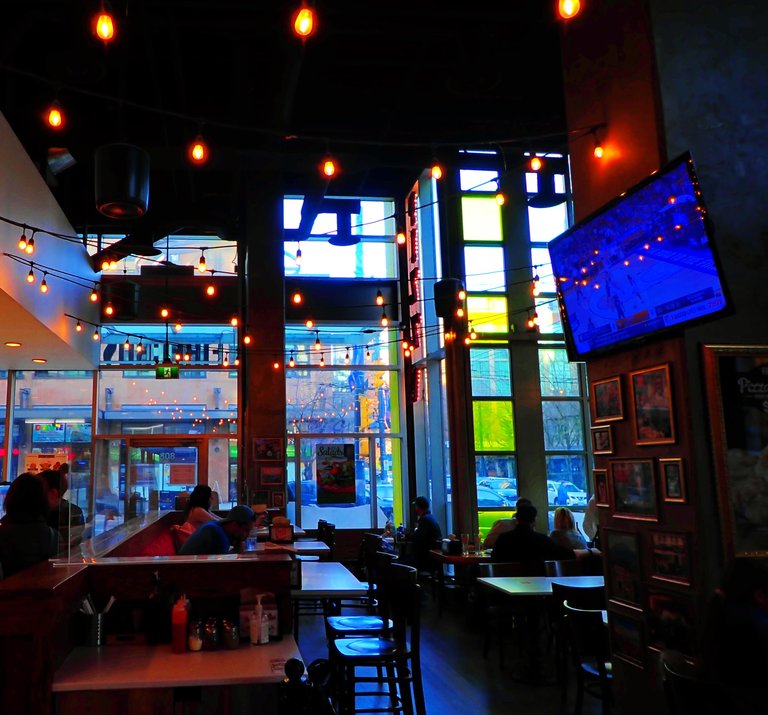
Scientists are not entirely sure what drives us to eat. People usually think that we have a certain level (or set point) of energy and once we fall below that threshold we engage in eating behavior. These are what scientist call set-point theories of hunger and eating (Pinel, 1997). This is similar to the way a thermostat works by detecting deviations in a set temperature and engaging in corrective feedback to bring it back to level. However, it appears that evidence does not support the set-point theories because they do not take into account inconsistencies with typical human eating behavior and our own evolutionary history (Pinel, 1997). The alternate explanation is that we may engage in eating because of a positive incentive associated with shoveling food in our mouths. In other words, we’re partly driven to eat by our hedonic impulses (Myers, 2015). In the interest of science, I decided to probe these matters further.
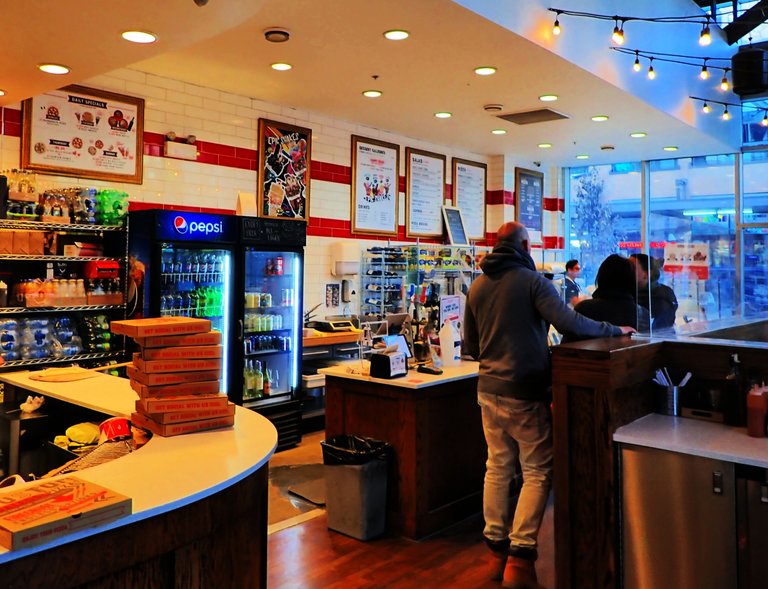
Consumers engaged in the preparatory phase of eating behavior
The pizza is made from scratch based on customer specifications, and then placed inside an oven that appears to be Instagram ready. The cook picks it up with a large spatula, and sticks it into the flaming orifice along with the calzone dough that is filled with a gooey cargo of Nutella.
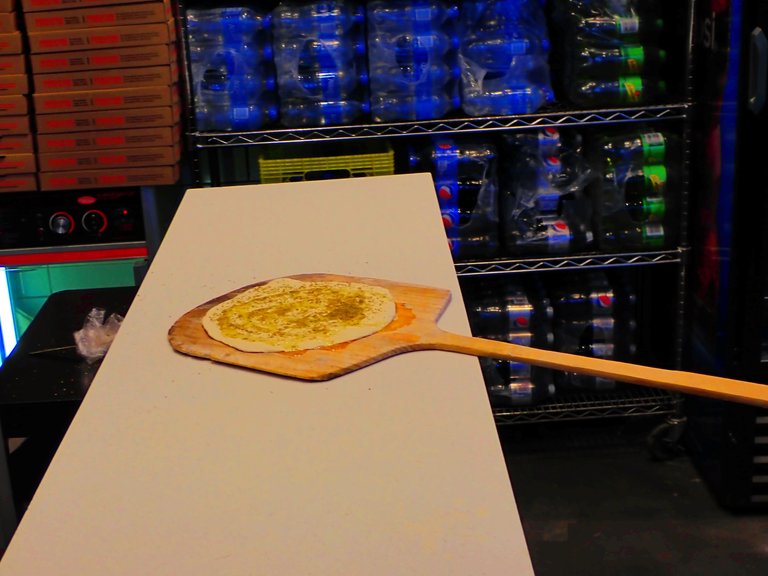
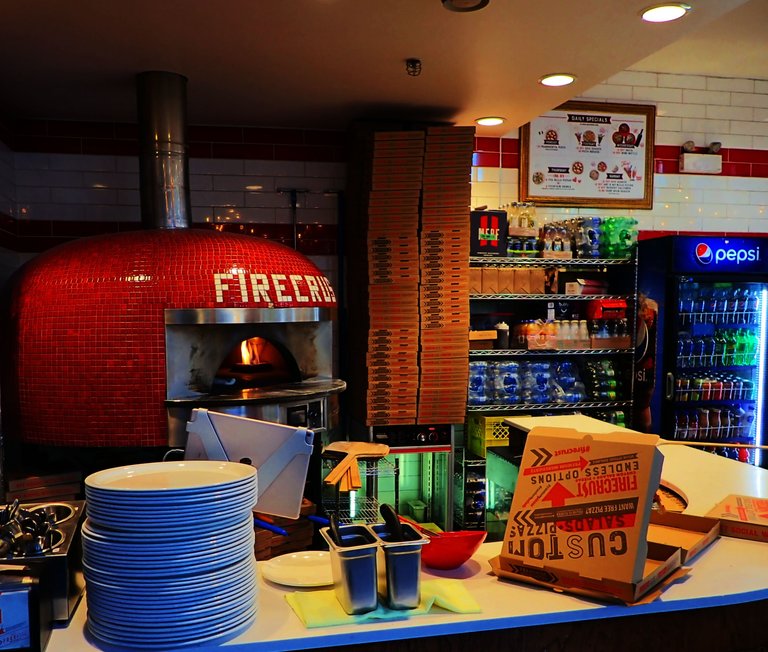

Nutella cam!!!
The pizza is thin and floppy. In the mouth, pure delight with a mix of vegetables, herbs, sauces, meats, and cheeses. The calzone is warm and spills out of its breaded pocket, accompanied with a small container full of whip cream that kicks things up a notch to blissful sugary-creamy heaven.
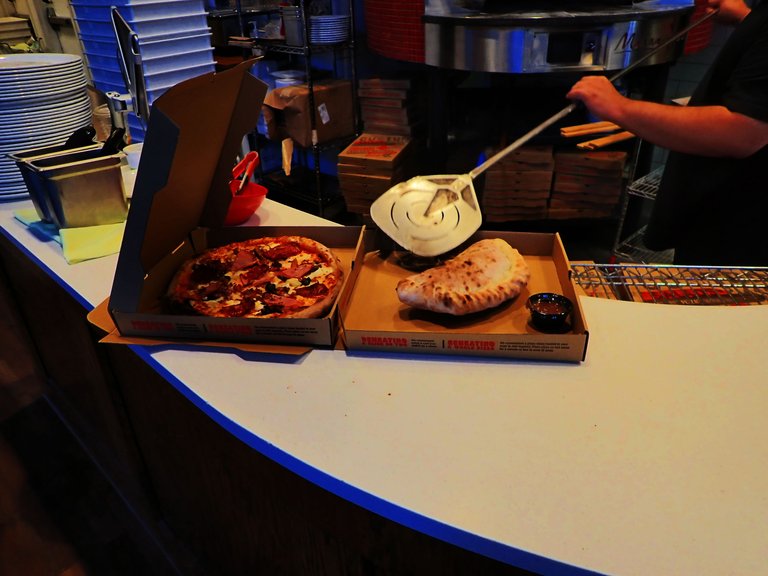
Was I hungry? You bet. Aha! A researcher might say, erroneously concluding that my behavior lends support to the set-point theory of hunger. I ate because I needed to level up my energy reserves, they might argue. On the other hand, I could've just gone home and eaten a salad, which besides being more healthy and nutritious, it's also more economical. Instead, I made a beeline to the pizza joint, and not only did I fill up my energy reserves, I completely flooded my system with a delicious mix of lipids, fats, amino acids, carbohydrates, and Nutella-driven glucose. This behavioral evidence suggests that pleasure motivated me to eat on the street rather than at home, lending support to the notion that the anticipation of a positive reward influenced my munching behavior. Either way, it was a delicious pizza and calzone. Not the best healthy choice, but it's a small sacrifice for the good of science.
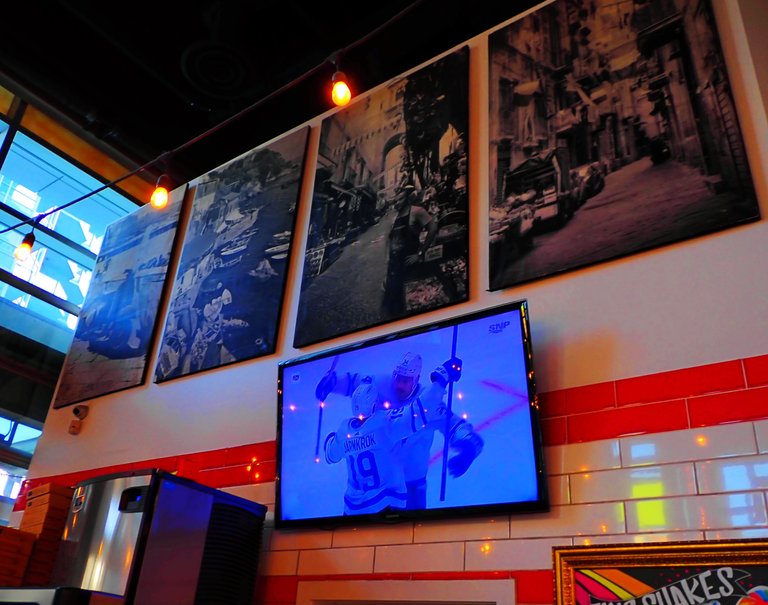
Quintessential Canadian with Neopolitan flair
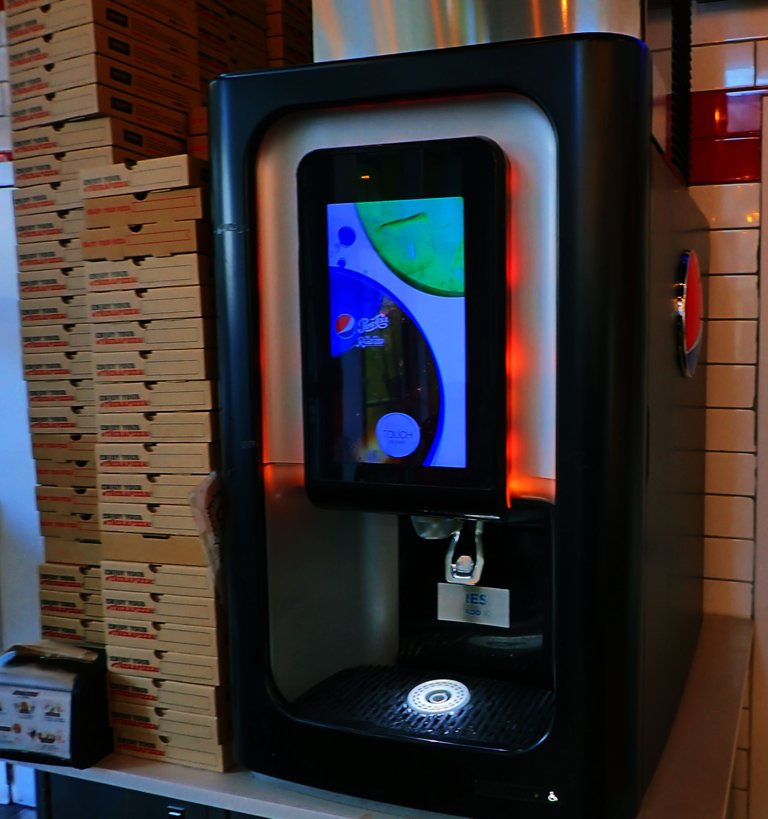
The ubiquity of touch interfaces is fantastic, even when used as another ploy to get you to eat and drink more
Resources
Kevin P Myers (2015). Why Do We Eat What We Eat?
John Pinel (1997). Biopsychology
Mariyah Riaz psychology notes on Studocu Retrieved March 22, 2023

Images by @litguru
This just altered how I represent the human body in my head 😂😩.
Like you said earlier at the beginning of your post, "Eating is something we do every day, and we rarely concern ourselves with processes that deliver energy to our body." which I totally agree with you. Thinking about it, eating is one of the major process our body does to sustain us in which the process has a lot of aspects. I like how you describe eating in a scientific way.
I can't remember the last time I ate pizza 😂oh my days! Now am craving one and at the same afraid to eat one because of the way my body accumulates fat in a short period of time. No! I won't fall into this pizza trap.
I must stand firm!I will have one today! 😏.Lovely pictures!☺️
!discovery 40
I had to share the good news. heh
The power of suggestion. Not bad when it involves pizza.
I didn't get to the juicy bits that I wanted to talk about, so I'm going to have to do more research. 🍕🍩
Bon appetit!
This post was shared and voted inside the discord by the curators team of discovery-it
Join our Community and follow our Curation Trail
Discovery-it is also a Witness, vote for us here
Delegate to us for passive income. Check our 80% fee-back Program
Congratulations @litguru! You have completed the following achievement on the Hive blockchain And have been rewarded with New badge(s)
Your next target is to reach 3500 replies.
You can view your badges on your board and compare yourself to others in the Ranking
If you no longer want to receive notifications, reply to this comment with the word
STOPCheck out our last posts:
Support the HiveBuzz project. Vote for our proposal!